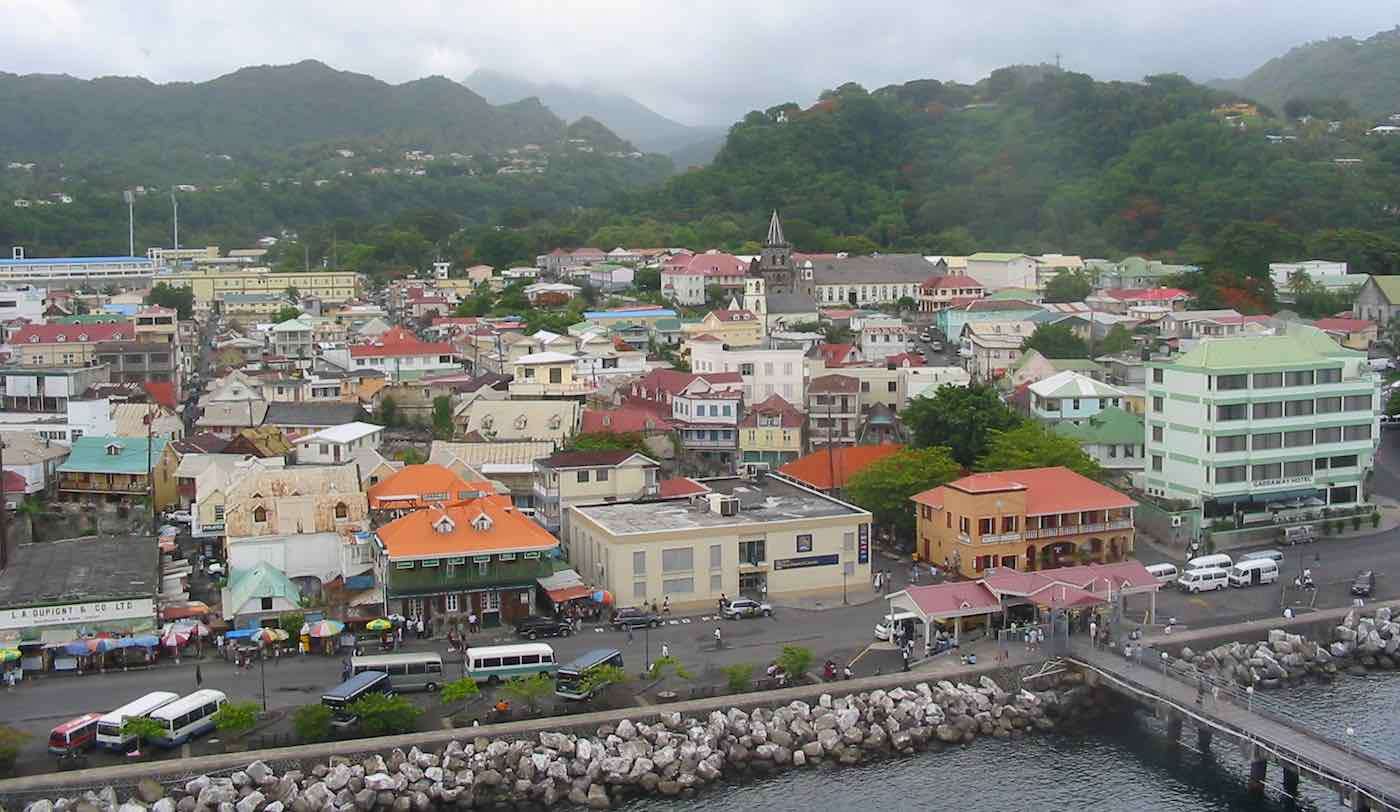When a category 5 hurricane makes landfall, few things borne of our civilization can resist the power of the winds and surging, violent waves.
Yet the tiny nation of Dominica-which is even smaller than its neighbor Dominican Republic-is on course to hurricane-proof its country after being devastated by Hurricane Maria.
The cat. 5 that struck the island two years ago, destroyed 226% of the country's GDP and 90% of the structures.
Describing the project as creating the first "climate resilient" nation, Prime Minister Roosevelt Skerrit addressed the UN general assembly in the aftermath of Maria's landfall, asking for the funds to create such a nation-one that cannot only resist powerful storms physically, but also economically and spiritually.
"In the past, we would prepare for one heavy storm a year. Now, thousands of storms form on a breeze in the mid-Atlantic and line up to pound us with maximum force and fury," he said to the UN.
Skerrit's plan is to create cities of hurricane-proof structures that won't leave mountains of debris behind after storms.
"The challenges are not just related to infrastructure. Resilience in our view is how vulnerable you are in the first place," Pepe Bardouille told National Geographic.
That's why they are starting with the building codes.
Bardouille is CEO of the government's Climate Resilience Execution Agency of Dominica (CREAD), and he believes that building a climate-resilient nation starts with every person considering how the planning decisions they make will hold up under winds higher than 150 mph.
CREAD has been charged with establishing uniform building codes, geothermal energy plants, a hurricane-proof hospital and healthcare system, and improving public transit.
"How to keep a society and economy in a small country with a limited tax base and a huge number of climactic challenges running on a shoestring. Those are the challenges," Bardouille says.
But the Prime Minister's vision also includes a prosperous ecotourism industry that could replenish the state's coffers before and after storms deplete them.
There is one landfill on Dominica, and it's nearly full. Cleaning up plastic waste and switching to biodegradable items like bottles, food packaging, and more will be key to CREAD's strategy of helping the country look nicer for travelers. Plastic trash is whipped around in powerful storms and scattered hither and yon, despoiling the natural beauty of the country.
In 2018, WS reported that Skerrit had enacted a ban on plastic and other debris such as single-use straws, and Styrofoam food items to try and aid in creating the image of a pristine Caribbean island that will attract tourists with deeper pockets. The following year, the Climate Resilience Act went into full force, and gave birth to CREAD.
The economy has since grown by 9 percent. Tourists are back on the beaches, and children are back in the classrooms. A new state-of-the-art hospital opened in August of 2019, while construction around the island has created five hundred new homes with another 1,000 on the way.
Described as "The Nature Island", tropical rainforests filled with colorful birds encircle volcanoes looming above coral reefs and beaches of white, brown, and even black sands-things which typify Dominica as not just a place for margaritas and sunny days in a resort, but adventure and exploration.
As with so many countries, Dominica represents a great place for a vacation-and a vacation represents a way to directly and effectively support the climate-resilient economy.
SHARE the Good News With Friends on Social Media…










Be the first to comment